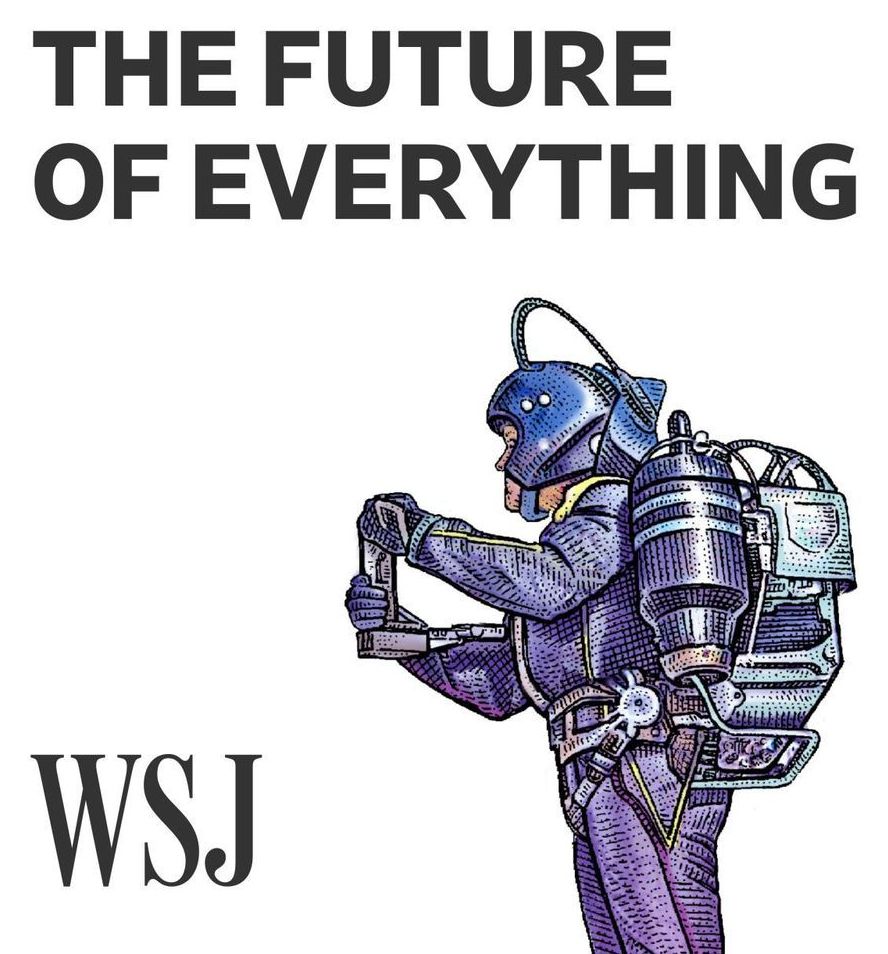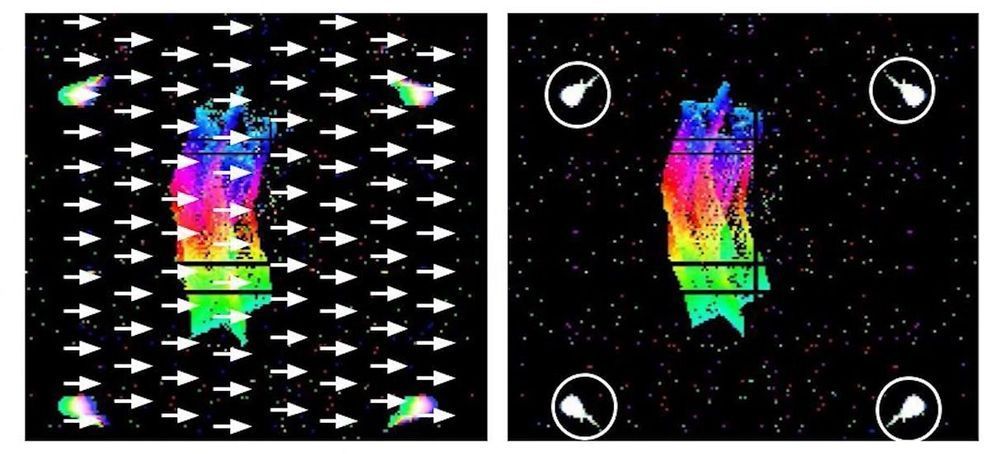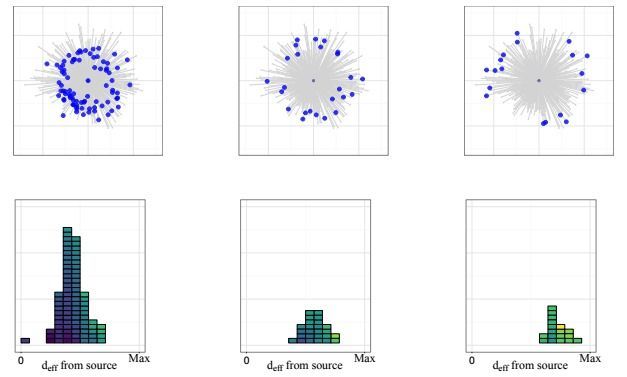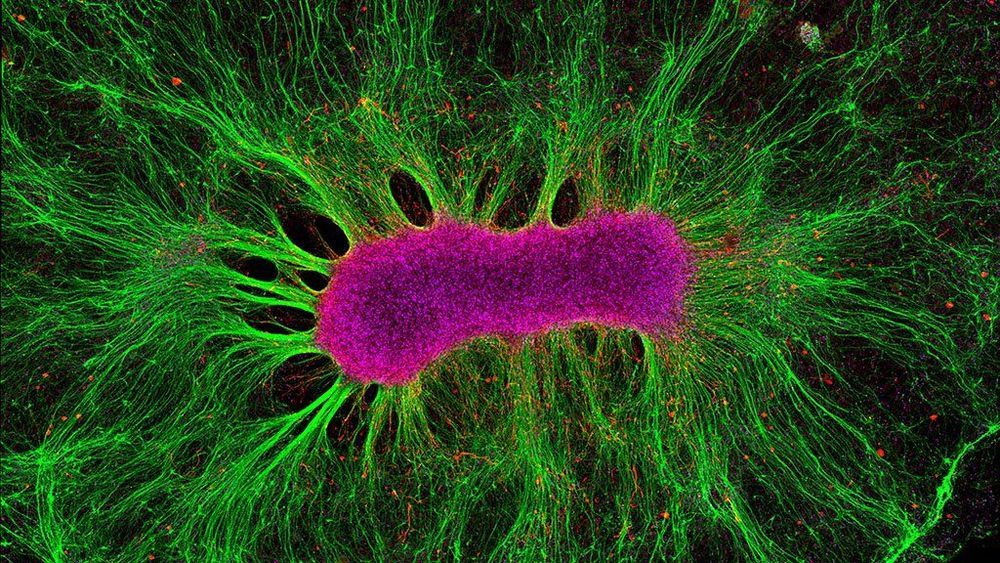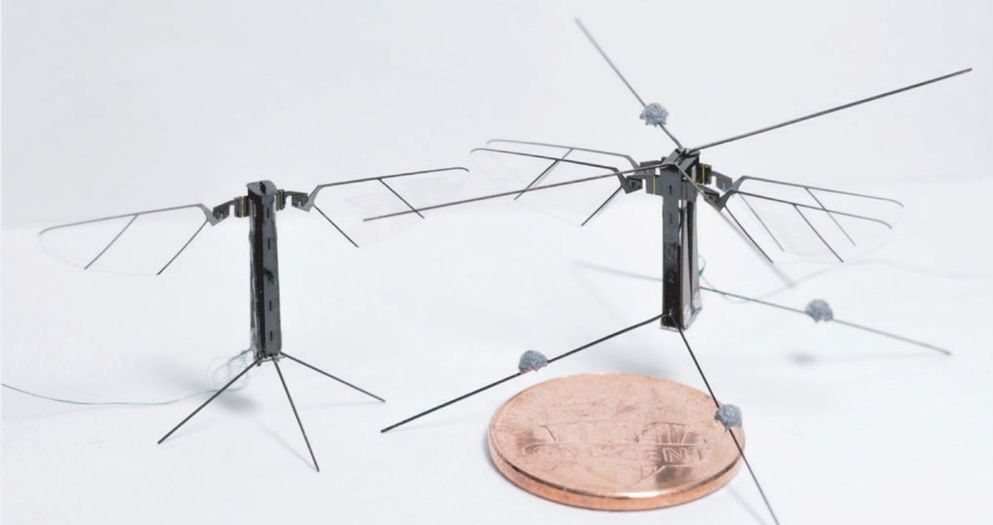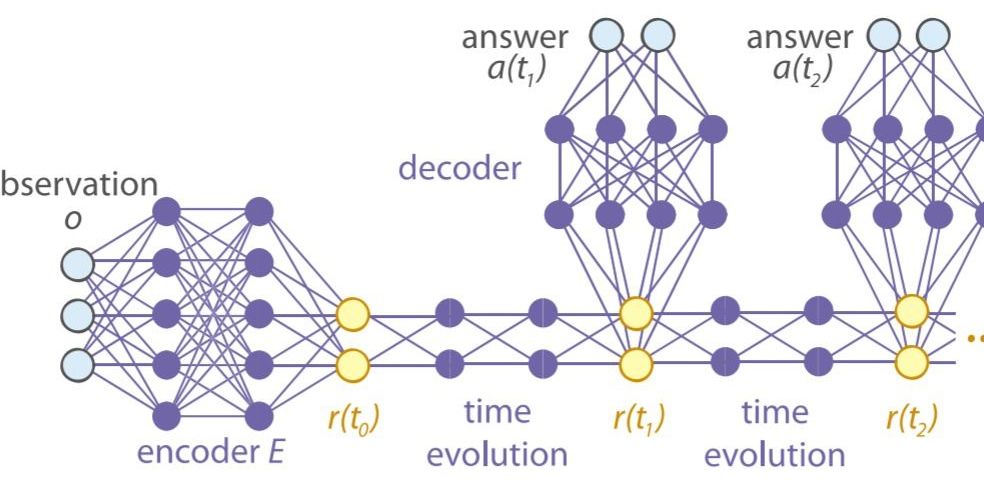Clusters of human brain cells can integrate into rat brains, and that’s raising concerns about giving animals some form of human consciousness.
Researchers can grow stem cells into tiny clumps of cells, called organoids, that display similar activity and structure to human brains. To find out more about how exactly that works, read our primer from when we made the technique one of our Ten Breakthrough Technologies of 2015.
Now, though, reports Stat, several labs have inserted those organoids into rat brains and connected them to blood vessels; some of the organoids have even grown physical links with the rat brains. From Stat’s report:
Read more
